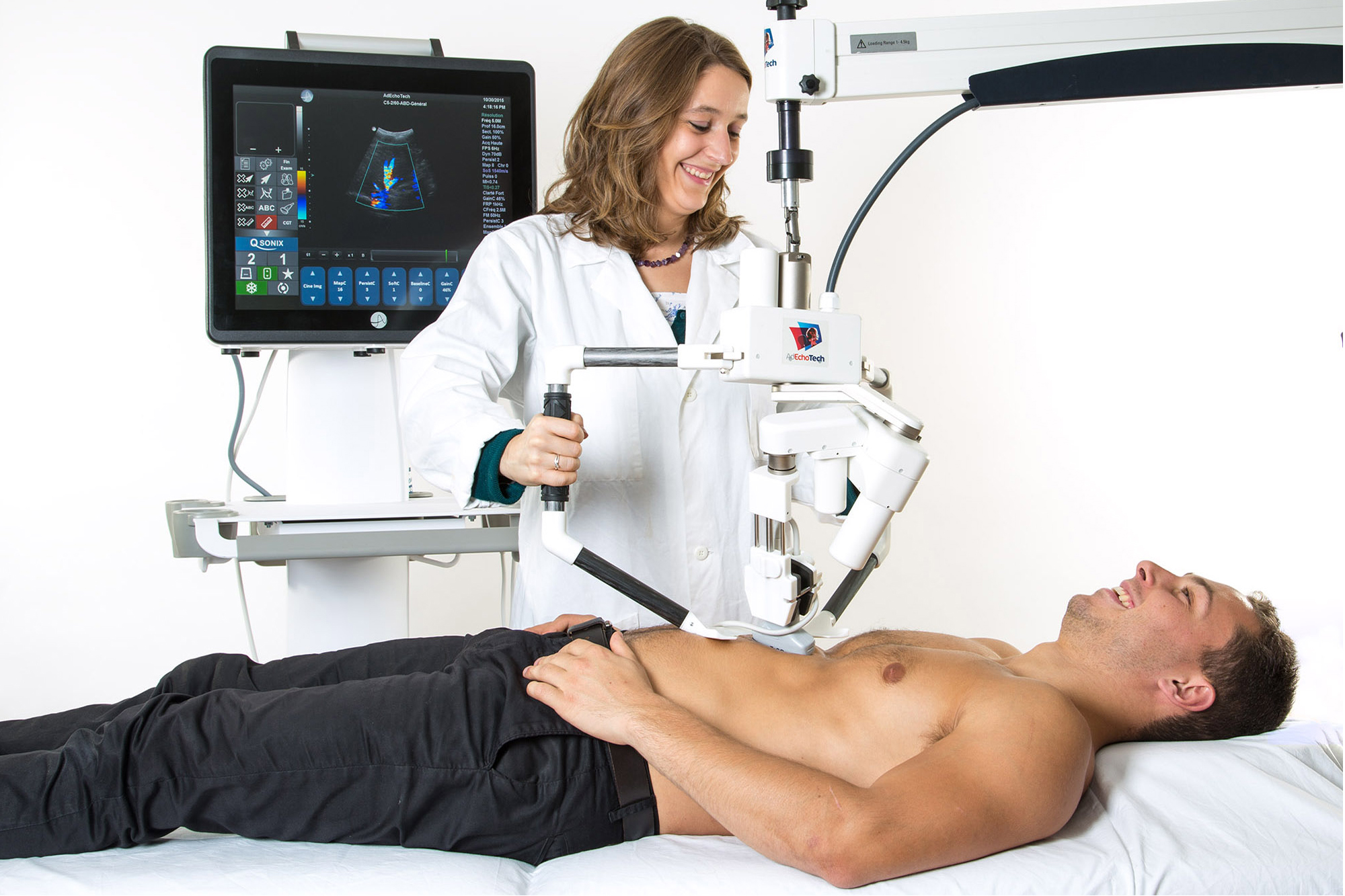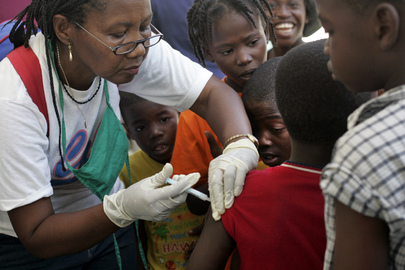Sustainable Development Goal 3: Good Health and Well-being
Sustainable Development Goal 3 seeks to ensure health and well-being for all, at every stage of life. The Goal addresses all major health priorities, including reproductive, maternal and child health; communicable, non-communicable and environmental diseases; universal health coverage; and access for all to safe, effective, quality and affordable medicines and vaccines. It also calls for more research and development, increased health financing, and strengthened capacity of all countries in health risk reduction and management.
Space technologies are essential in a range of health applications, including, but not limited to:
- Studying disease epidemiology, by enabling increased use of spatial analysis to identify the ecological, environmental and other factors that contribute to the spread of vector-borne diseases, monitoring disease patterns and defining areas that require disease-control planning
- Addressing issues related to vision, cognition and disability assistance
- Monitoring factors that affect human health and well-being, like air quality and traffic
- Supporting health promotion and disease prevention, through the use of wearable monitoring devices
- Enabling remote healthcare
Overall, space technologies can contribute to the prevention of people falling below the poverty line and help target specific support to those in need.
Read more about the STSC Working Group on Space and Global Health

